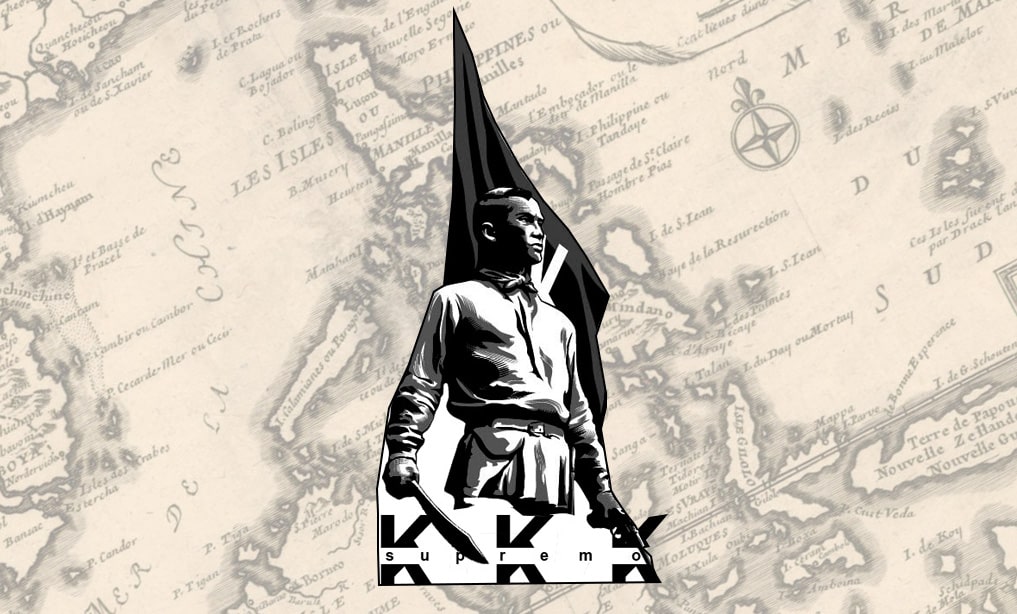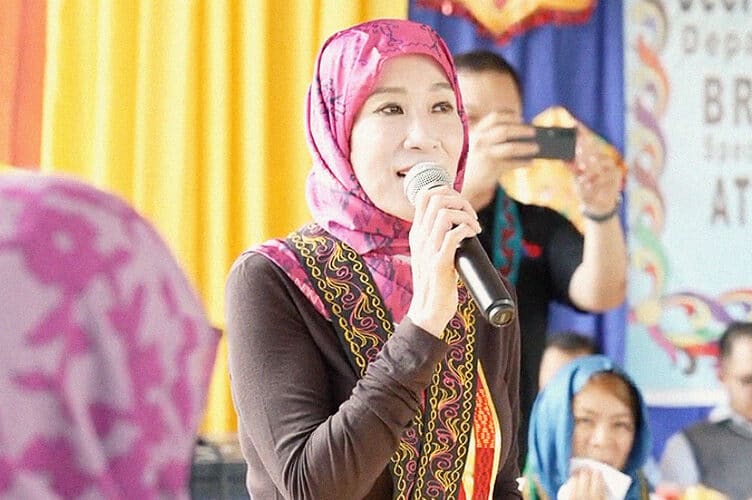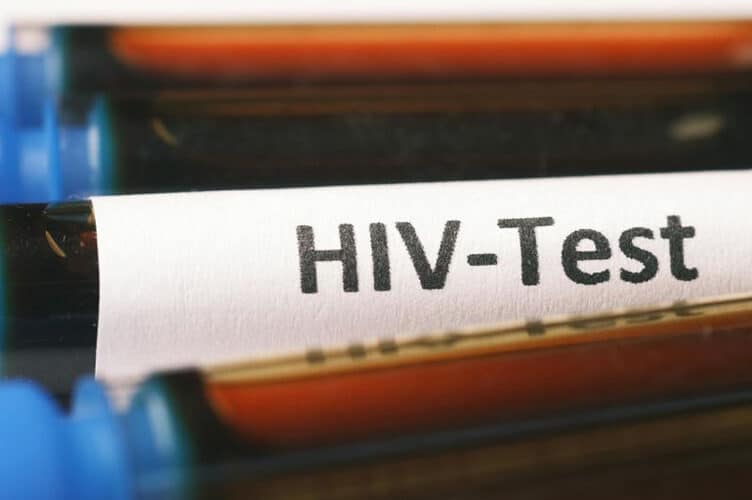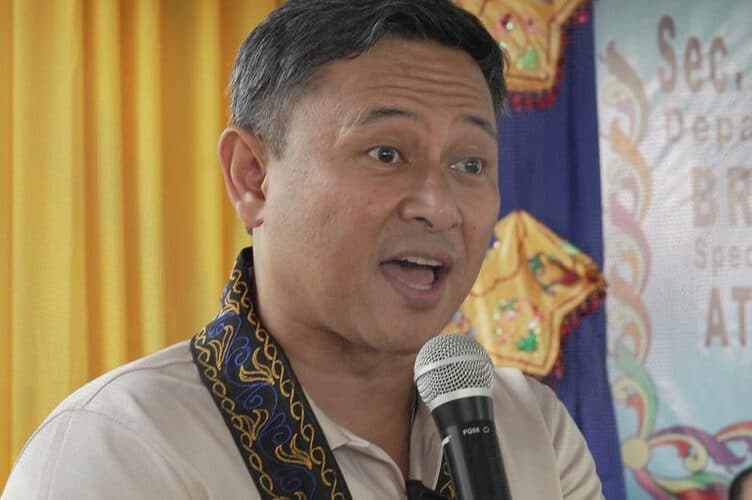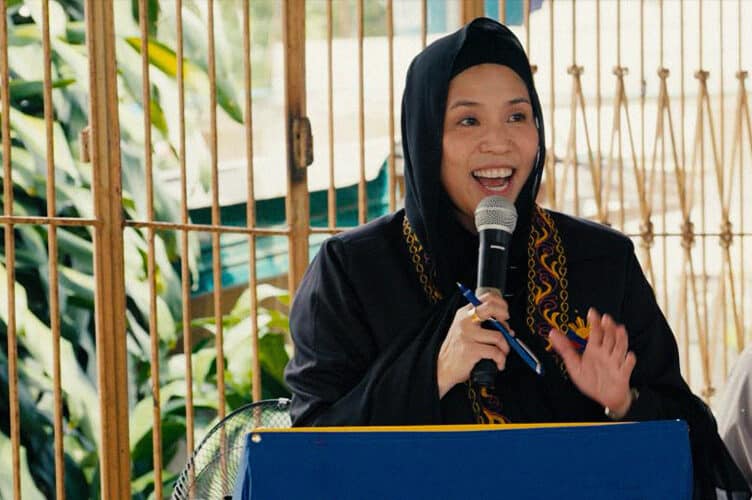FOR some historians and Filipinos, the Philippines’ first president is not Emilio Aguinaldo, but revolutionary leader Andres Bonifacio.
As late as 2021, then Manila Rep. John Marvin “Yul Servo” Nieto filed a resolution seeking to formally recognize Bonifacio, the father of the Philippine revolution, as the country’s first President.
Aguinaldo is recognized as the first President of the Philippines, proclaimed on January 23, 1899.
In his resolution, Nieto shared the views of experts and historians who explained why Bonifacio should be considered the first Philippine president.
National government
The first Filipino national government was established on August 24,1986, when the Philippine revolution erupted, they said.
Nieto’s resolution stated that Bonifacio founded the first national government through the Kataastaasan, Kagalanggalangang Katipunan ng mga Anak ng Bayan, which turned into the revolutionary government Haring Bayang Katagalugan.
The Katipunan’s primer uses “Tagalog” to refer to “all those born in his archipelago,” it said.
The Katipunan’s national assemby also declared a nationwide armed revolution to win freedom from Spain, established the national government, and elected officials to lead the nation and army, it said.
Research by historians John R.M. Taylor, Gregorio Zaide, and Teodoro Agoncillo found that under Bonifacio’s leadership, the Katipunan ceased to be a secret society after it was forced to reveal that it was a revolutionary government with its own written laws, a bureaucratic structure, and elective leadership, it added.
“The KKK was more than a secret society; it was a government, the Katipunan intention from the start is to govern the whole archipelago and to overthrow the Spanish rule. Said government was democratic in nature and national in scope,” the resolution said.
Contemporary Spanish publications likewise acknowledged and recognized Bonifacio’s presidency. These described him as the president of the Tagalog nation, or “Andres Bonifacio/ Titulado (Presidente) de la Republica Tagala,” it further said. During this time “Tagala” refers to the whole country and not just Luzon.
Petition for Bonifacio
In 2015, historian Michael Charleston Chua also filed a change.org petition seeking to take the necessary steps to recognize Bonifacio as the first Philippine President.
The petition had over 7,400 supporters by the time it closed.
Chua noted that as early as 1993, established Katipunan experts and historians Dr. Milagros Guerrero, Ramon Villegas and Emmanuel Encarnacion shared their position that Bonifacio, and not Emilio Aguinaldo, should be the country’s first president.
This is because when the revolution took place, the Katipunan was not just an organization but had been transformed into a revolutionary government, according to documents. Bonifacio, as leader of the Katipunan, became its president.
“The fact was that Aguinaldo’s leadership of the Revolution derived its authority from having wrestled it from the Supremo of the Katipunan by his execution in Cavite in May of 1897,” Chua said in his petition.
He also said the documents stored at the Archivo General Militar de Madrid showed that the Katipunan had a centralized working government.
Available documents were also enough to prove that there was a working government, with jurisdiction over Katipunan areas, that was in touch with its president Bonifacio even a few days before his arrest in Cavite on orders of the Aguinaldo group. This continued on independent of the Aguinaldo government even after Bonifacio’s death, he said.
Stick to facts
Chua noted that there had been some emotional arguments made against recognizing Bonifacio as the first president, as he is already hailed as a Philippine hero. But he said the facts should be acknowledged.
“The fact was that he ran a government with a national character and he was the president,” he said.
Moreover, he said recognizing Bonifacio’s presidency would be very significant.
“To recognize Bonifacio’s presidency is to recognize the first manifestation of a government of national unity in the Philippines (lahat ng tumubo sa Sangakapuluang ito) which eventually led to the birth of the First Constitutional Democratic Republic in Asia, the Republica Filipina, led by President General Emilio Aguinaldo,” he said.
It would be akin to recognizing a concept of government that came from the “bayan,” and one that is not a duplication of Western-style democracy, he said.
“And more importantly, to recognize Andres Bonifacio’s presidency is to give justice to the man who fathered the Filipino Nation,” he said.
So far, the efforts to recognize Bonifacio as the country’s first President have yet to bear fruit, along with moves to give him a state funeral, which the National Historical Institute rejected in 1994.
But the Philippines continues to honor Bonifacio’s contribution, and celebrates November 30 of every year as Bonifacio Day to remember his role in rising up against Spanish colonizers. People also still study history.
As long as these continue, the idea of Bonifacio as the first Philippine president may live on.
How useful was this post?
Click on a star to rate it!
Average rating 0 / 5. Vote count: 0
No votes so far! Be the first to rate this post.
We are sorry that this post was not useful for you!
Let us improve this post!
Tell us how we can improve this post?

